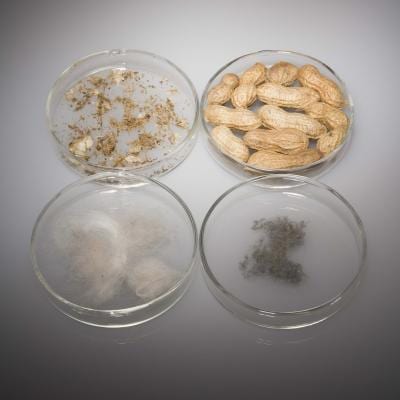If it has been a few minutes to an hour after you or your child ate something and you notice swelling of the lips, face, tongue or throat, wheezing, trouble breathing, hives, abdominal pain with nausea, vomiting or diarrhea, a food allergy may be to blame. Some food allergies may produce mild symptoms, while others could be life threatening. An allergist can test you or your child, typically by using one of three methods.
Testing Methods
The most common ways to test for food allergies are skin tests, elimination tests and blood tests. The skin test, also called the skin-prick test, is what doctors usually use. The doctor puts substances that you suspect are causing the allergies on your skin and pricks the skin’s surface so that the substance goes in. If swelling or redness occurs, that signals a positive reaction.
The elimination test is simply removing suspect food from your diet, one by one. You eliminate the food for several weeks and then reintroduce it, watching for a reaction. This approach is not safe in the case of a person who has already displayed a severe allergic reaction.
Your doctor may use a blood test to measure the amount of antibodies to specific allergens if skin testing didn’t work.
Allergy-Causing Foods
The most typical allergy-causing foods are eggs, peanuts, wheat, fish, tree nuts, soybeans, cow’s milk and shellfish. If you are allergic to a certain food, you should also avoid foods made with the food that causes your allergies.
Reliability
Food allergy tests are not perfect. In fact, a 2010 report, commissioned by the National Institute of Allergy and Infectious Diseases, states that many food allergies are misdiagnosed. Patients who get a food allergy test because of a rash or abdominal problems only achieve an accurate result half of the time. In fact, probably half of the people who think they have a food allergy actually don’t, stated Dr. Mark Riedl, professor of immunology and allergy at UCLA.
The Problem
Food allergy tests are inaccurate for many reasons. You can test positive on the skin-prick test, for example, without really being allergic to the food. The elimination diet does not have standard criteria to determine an allergic reaction. If you think you are your child is allergic to a certain food and you or your child are not allergic, you are needlessly limiting your diet.
Intolerance Versus Allergy
In some cases, you or your child may only have food intolerance, which is different from an allergy. An unpleasant symptom to a food is not necessarily a food allergy. With an allergy, your immune system is affected; not so with an intolerance, which is more common. You can have an intolerance to a food because of food poisoning or food additives, such as sulfites or MSG.





